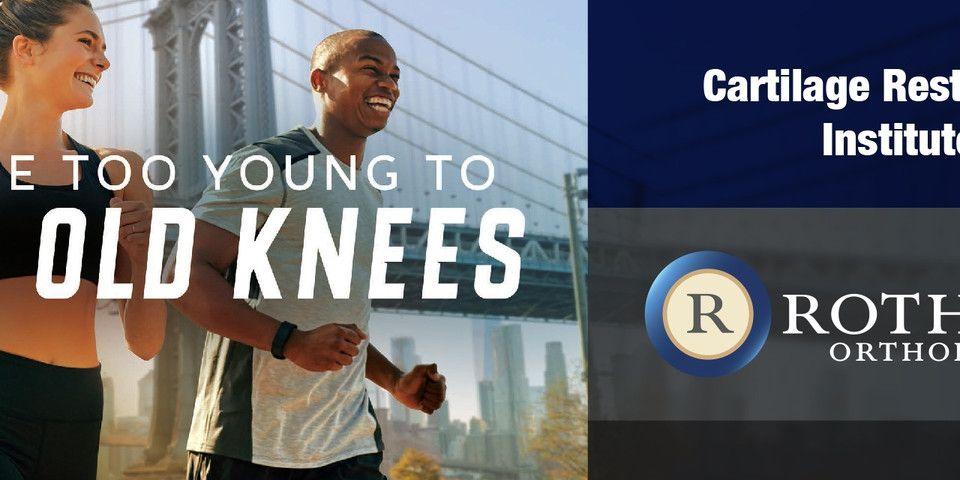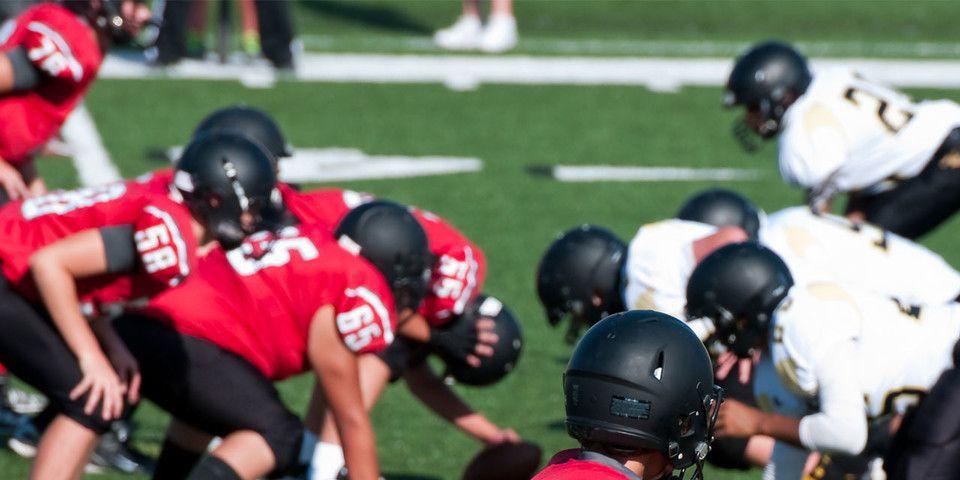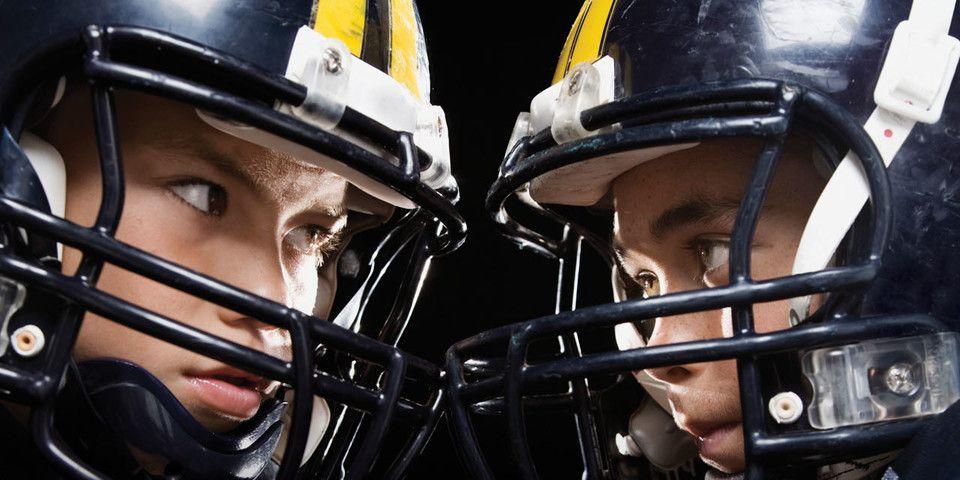So You Have an ACL Football Injury
If you or a loved one has sustained an ACL injury playing football, then this article is for you
Whether you’re a professional, collegiate, varsity, or intramural football player, you’re quickly learning that an anterior cruciate ligament injury is a big pain. Maybe you came down from a catch and heard a pop as your turned to run. Maybe you’re suffering severe pain, swelling, and instability after being tackled around the legs. Whatever the cause, if you’re suffering symptoms of an ACL football injury, it’s time to seek medical help. At Rothman Orthopaedics our team of hip and knee surgeons see ACL injuries every day, and can help you make the best decision regarding your treatment.
What is the anterior cruciate ligament?
The anterior cruciate ligament, or ACL is one of the stabilizing structures of the knee, which keeps your shin (tibia) from moving too far forward on your thigh bone (femur). It also helps to stabilize the knee twisting and pivoting motions, keeping it from turning too far inward. The ACL gets limited blood flow, and once injured, does not regrow or heal itself.
How does an ACL football injury occur?
An ACL football injury occurs when the ligament is subjected to too much stress. This can happen as the result of an impact such as a tackle, but more often than not ACL football injuries are the result of landing or pivoting poorly. When an athlete’s knee turns but her foot doesn’t, an ACL tear can happen. Sometimes when experiencing this injury the athlete hears or feels an immediate “pop,” but more frequently the first signs of a problem are instability and pain.
What are some ACL injury symptoms?
Common symptoms of an ACL tear include a popping sound or sensation, typically followed by the knee giving out. Patients who suffer an ACL football injury also experience severe swelling, pain behind the knee, and continued instability in the joint.
What immediate steps should I take if I suspect and ACL injury?
If you suspect that you or someone you care about has sustained an ACL football injury, the step is to elevate the affected leg, apply ice, and rest it. If you’re experiencing pain, your doctor may direct you to take over-the-counter pain relievers.
What happens next?
The injured person should see a doctor as soon as possible, preferably one with experience in orthopaedic sports medicine. Your physician will do a physical examination, and may send you for an X-Ray or a Magnetic Resonance Imaging scan (MRI) to confirm the diagnosis. Once you have been diagnosed with an ACL football injury, your doctor will be able to talk to you about treatment options.
What treatment options are available for athletes suffering an ACL injury?
Unfortunately, because the ACL does not receive much blood flow, it does not spontaneously heal or regrow. For this reason, the options for athletes can be somewhat limited.
If you’re intending to take a break from athletics for a while and live an otherwise sedentary lifestyle, you may be able to treat your ACL football injury with bracing, ice, elevation, rest, and physical therapy. It is important to note, however, that this method does not fully restore knee stability. Further, if you do plan to resume playing football at some point in the future, nonoperative treatment may leave you vulnerable to future injury to the structures of your knee.
For athletes, doctors often recommend arthroscopic ACL reconstruction surgery. During the procedure, doctors use tiny instruments to replace the torn ACL with either a tendon from your own body (autograft) or a tendon from a donor (allograft). Your surgeon will talk to you about which treatment option is best for you. Younger athletes tend to have more success with autograft ACL reconstruction, while older patients often respond well to allograft treatment. Only a physician can make a determination about which would be better in your specific case.
What happens after surgery?
After surgery, you will be able to move your knee immediately and to go home the same day. Depending on the specifics of your case, your doctor may recommend a brace at the beginning of your recovery period. After a few days at home, you’ll begin physical therapy to strengthen your knee.
Within six-eight months of treatment for an ACL football injury, most athletes have fully recovered and are able to resume playing at levels comparable to before their injury. For more information about ACL football injuries, or to schedule an appointment, visit us here or contact us at 1-800-321-9999.
Related Specialties
Related Conditions
Related Programs
-

Cartilage Restoration Institute
This is a center where patients can go to have their disabled joint biological resurfaced, realigned, and stabilized without having the joint replaced by artificial materials such as metal and plastic. It is well known that the outcomes of patients under the age of 50 undergoing artificial joint replacement are not as good as we would like. Therefore we feel the future of Orthopaedics is to try to restore a joint back to its original anatomy by realignment, ligament reconstruction, and cartilage restoration.Read More -

Injury Prevention Program
The Injury Prevention Program at the Rothman Orthopaedic Institute is dedicated to the prevention of injuries from athletic participation, particularly youth sports.Read More -

Sports Concussion Program
Concussion care is a special focus of Rothman's sports medicine program. We've developed the most advanced multi-disciplinary evaluation and treatment techniques based on research done by the concussion specialists here at Rothman Orthopaedic Institute.Read More




